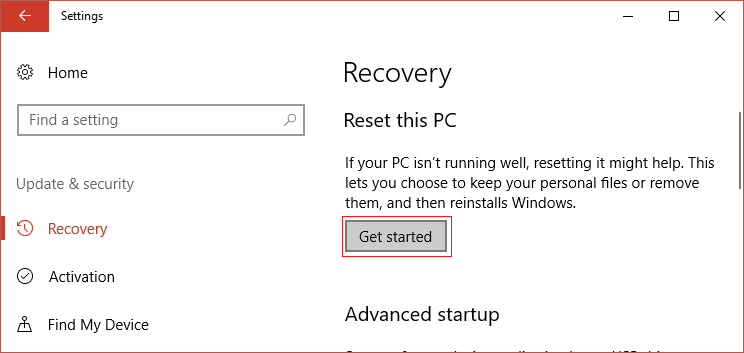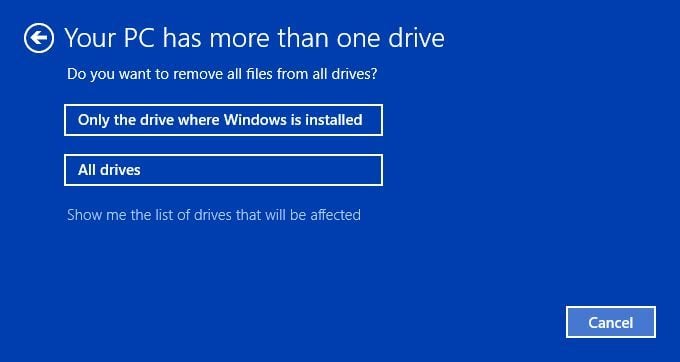Although, one can understand that Windows 10 is loaded with so many features and because of that so many background processes & services running continuously can make the Windows 10 system slow. Sometimes the issue is only caused because of some resource-hungry programs which is taking up all the system resources and hence you will face performance issues on your PC. If you don’t have the hardware resource to run Windows 10 then this guide won’t help you in any way, so first, make sure you have the latest hardware which can easily run Windows 10 without any problem.
There can be many reasons for the slowing down of Windows 10. Some of them are mention below:
Lots of processes are running in the background Many services and programs are running at the same time Effects and Animations might make your system slow Outdated or corrupted device drivers Corrupt Windows and Updates Installing of multiple apps Playing heavy games Fast Startup issue Low Disk Space
If you’re facing the same problem of Windows 10 running slow then don’t worry and don’t downgrade to the previous version of Windows OS just yet, because there are several methods using which you can improve the performance of Windows 10.
11 Tips To Improve Windows 10 Slow Performance
Make sure to create a restore point just in case something goes wrong.
11 Tips To Improve Windows 10 Slow Performance Tip 1: Restart Your Computer Tip 2: Update Windows and Device drivers Tip 3: Disable Startup Apps Tip 4: Disable Effects and Animations Tip 5: Check for Corrupt Windows Updates Tip 6: Stop Resource Hungry Programs Tip 7: Disable Fast Startup Tip 8: Free Up Disk Space Tip 9: Uninstall Unused Programs Tip 10: Check your PC for malware Tip 11: Reset Windows 10
If you are facing the problem of Windows 10 running slow, then below are given several tips that can be used to resolve your problem and can help running Windows10 faster.
Tip 1: Restart Your Computer
Whenever you face any issues with Windows 10, the first step should be to always restart your PC. There is no harm in restarting your computer anytime. So don’t follow the complex and advanced troubleshooting method just yet, just restart your PC and see if you’re able to fix the lagging or slow performance issue. To restart the computer follow the below steps: 1.Click on the Start menu and then click on the Power button available at the bottom left corner.
2.Next, click on the Restart option and your computer will restart itself.
After the computer restarts, check if your problem is resolved or not.
Tip 2: Update Windows and Device drivers
Microsft releases Windows 10 updates from time to time and these updates are important because they provide stability and security to your system. So if your computer is missing some crucial update then it might cause Windows 10 to run slow at times. By updating your Windows you may be able to resolve the performance issue of Windows 10. To update the Windows follow the below steps: 1.Press Windows Key + I to open Settings then click on Update & Security.
2.From the left-hand side, menu click on Windows Update. 3.Now click on the “Check for updates” button to check for any available updates.
4.If any updates are pending then click on Download & Install updates.
Once the updates are downloaded, install them and your Windows will become up-to-date. If you have updated your Windows and still experiencing the performance issue on Windows 10 then the cause might be corrupted or outdated device drivers. It is possible that Windows 10 is running slow because the device drivers are not up to date and you need to update them in order to resolve the issue. Device drivers are essential system-level software that helps in creating a communication between the hardware attached to the system and the operating system you are using on your computer.
Tip 3: Disable Startup Apps
If your computer is still running slow then this might be due to the Startup apps or programs which loads when the Windows boot up. When the system starts you might need to wait for a long time just because a lot of programs like Antivirus, Adobe products, browsers, torrents, etc are loading at the very start of your Windows. So, if your system is loading a lot of programs then it is increasing the boot time of your startup, which is not helping you much rather they are slowing down your system and all the unwanted programs need to be disabled. So let’s see how to disable startup programs in Windows 10 and improve Windows 10 Slow Performance.
Tip 4: Disable Effects and Animations
Effects and animations are utilized by Windows and these animations can make your system slow. Some of these effects and animations take a very long time to load and thus reduce the speed of your computer. These effects and animations also consume lots of resources. So, by disabling these effects and animations you can speed up your computer: 1.Press Windows Key + R then type sysdm.cpl and hit Enter to open System Properties.
2.Switch to Advanced tab then click on Settings under Performance.
3.Under Visual Effects checkmark “Adjust for best performance” and this would automatically disable all the animations.
4.Click Apply followed by OK. 5.Reboot your PC to save changes and see if you’re able to Speed Up a Slow Windows 10 PC. After completing the above steps, check if you’re able to improve Windows 10 Slow Performance or not.
Tip 5: Check for Corrupt Windows Updates
If you’re facing lagging or Windows 10 running slow issue then make sure your Windows updates are not corrupted. Sometimes Windows Updates data or files get corrupted and in order to check if this is not the case here, you need to run System File Checker. SFC scan is a command which is used to resolve various system errors and in this case, it can resolve your problem. To run the SFC scan follow the below steps: 1.Press Windows Key + X then click on Command Prompt(Admin).
2.Now type the following in the cmd and hit enter:
3.Wait for the above process to finish and once done restart your PC. 4.Again open cmd and type the following command and hit enter after each one:
5.Let the DISM command run and wait for it to finish. 6.Reboot your PC to save changes and see if you’re able to Improve Windows 10 Slow Performance. If you’re still facing the issue then you need to delete the SoftwareDistribution folder on Windows 10 and again check for Windows Update. This step will delete any corrupted updates which ultimately can resolve the slow performance issue.
Tip 6: Stop Resource Hungry Programs
If you are running some resource-intensive programs, apps, or services then your PC will definitely run slow since it doesn’t have the necessary resources to execute different tasks swiftly. For example, if there is a program that is facing the memory leak issue then it will consume most of the memory of your PC and your Windows will freeze or lag. So by looking for such programs under Task Manager and ending them, you can speed up your computer. 1.Press Ctrl + Shift + Esc to launch Task Manager. 2.In the Processes tab, find any program or processes which is consuming a lot of your system resources. Note: Click on the CPU column, Memory column, and Disk column to sort your programs & applications and find out which one is consuming more of these resources.
3.Right-click on such programs or processes and select End Task. 4.Similarly, end the other tasks which are consuming more resources. After completing the above steps, check if you’re able to speed up your PC.
Tip 7: Disable Fast Startup
The fast startup combines features of both Cold or full shutdown and Hibernates. When you shut down your PC with a fast startup feature enabled, it closes all the programs and applications running on your PC and also logged out all the users. It acts as a freshly booted Windows. But Windows kernel is loaded and system session is running which alerts device drivers to prepare for hibernation i.e. saves all current applications and programs running on your PC before closing them.
So now you know that Fast Startup is an essential feature of Windows as it saves the data when you shut down your PC and start Windows faster. But this could be also one of the reasons why you’re facing the slow PC running Windows 10 issue. Many users reported that disabling the Fast Startup feature has solved this issue on their PC.
Tip 8: Free Up Disk Space
If your computer hard disk almost or completely full then your computer may run slow as it will not have enough space to run the programs & application properly. So, if you need to make space on your drive, here are a few ways that you can use to clean up your hard disk and optimize your space utilization to Improve Windows 10 Slow Performance.
Defragment Your Hard Disk 1.Type Defragment in the Windows Search box then click on Defragment and Optimize Drives.
2.Select the drives one by one and click Analyze.
3.Similarly, for all the listed drives click Optimize. Note: Don’t Defrag SSD Drive as it may reduce its life. 4.Reboot your PC to save changes and see if you’re able to Speed Up a Slow Windows 10 PC, if not then continue. Verify the integrity of your hard disk Once in a while running Disk Error-checking ensures that your drive doesn’t have performance issues or drive errors which are caused by bad sectors, improper shutdowns, corrupt or damaged hard disk, etc. Disk error checking is nothing but Check Disk (Chkdsk) which checks for any errors in the hard drive.
After completing the above steps, there will be plenty of space left on your hard disk and this may increase the speed of your computer.
Tip 9: Uninstall Unused Programs
There are a lot of applications & programs which came pre-installed on your system which are called bloatware. These are the programs that you almost never use but these kinds of programs take a lot of disk space on your system & utilize more memory which ultimately makes your system slow. Some of these programs run in the background without you even knowing about such software and ultimately slowing down your computer. So, by uninstalling such programs or software you can improve the performance of your computer. To uninstall the programs or applications follow the below steps: 1.Open the control panel by searching for it using the Windows search bar.
2.Now under Control Panel click on Programs.
3.Under Programs click on Programs and features.
4.Under Programs and Features window, you will see a list of all programs installed on your computer. 5.Right-click on the programs which you don’t recognize and select Uninstall to remove them from your computer.
6.A warning dialog box will appear asking if you are sure you want to uninstall this program. Click on Yes.
7.This will start the uninstallation of the particular program and once finished, it will be completely removed from your computer. 8.Similarly, uninstall other unused programs. Once all the unused programs are uninstalled, you may be able to Improve Windows 10 Slow Performance.
Tip 10: Check your PC for malware
Virus or Malware might also be the reason for your computer running slow issue. In case you are experiencing this issue regularly, then you need to scan your system using the updated Anti-Malware or Antivirus software Like Microsoft Security Essential (which is a free & official Antivirus program by Microsoft). Otherwise, if you have third-party Antivirus or Malware scanners, you can also use them to remove malware programs from your system.
Therefore, you should scan your system with anti-virus software and get rid of any unwanted malware or virus immediately. If you don’t have any third-party Antivirus software then don’t worry you can use the Windows 10 in-built malware scanning tool called Windows Defender. 1.Open Windows Defender. 2.Click on Virus and Threat Section.
3.Select the Advanced Section and highlight the Windows Defender Offline scan. 4.Finally, click on Scan now.
5.After the scan is completed, if any malware or viruses are found, then the Windows Defender will automatically remove them. ‘ 6.Finally, reboot your PC and see if you’re able to Speed up your SLOW Computer.
Tip 11: Reset Windows 10
If none of the above methods work then the last resort is to reset your Windows 10. This step always works since it deletes everything from your PC and makes it as a brand new computer on which you need to install your programs & application from scratch. Note: If you can’t access your PC then restart your PC a few times until you start Automatic Repair. Then navigate to Troubleshoot > Reset this PC > Remove everything. 1.Press Windows Key + I to open Settings then click on Update & Security icon.
2.From the left-hand menu select Recovery. 3.Under Reset this PC click on the “Get Started” button.
4.Select the option to Keep my files.
5.For the next step you might be asked to insert Windows 10 installation media, so ensure you have it ready. 6.Now, select your version of Windows and click on only the drive where Windows is installed > Just remove my files.
5.Click on the Reset button. 6.Follow the instructions on the screen to complete the reset. Once the process is completed, your Windows 10 will look as new and now you need to download & install only those files, applications and programs which are safe and you actually need on your system. If your PC is still running slow and you have tried all other options then you may need to consider adding more RAM. It’s better if you remove the old RAM and then install the new RAM’s to increase your system performance. Recommended:
Fix Windows freezing or rebooting due to Hardware problems Fix ERR_CERT_COMMON_NAME_INVALID in Chrome 7 Best Battery Saver Apps for Android with Ratings What is an XLSX file & How to open XLSX File?
I hope the above steps were helpful and now you will be able to Improve Windows 10 Slow Performance but if you still have any queries regarding this guide then feel free to ask them in the comment section.




![]()
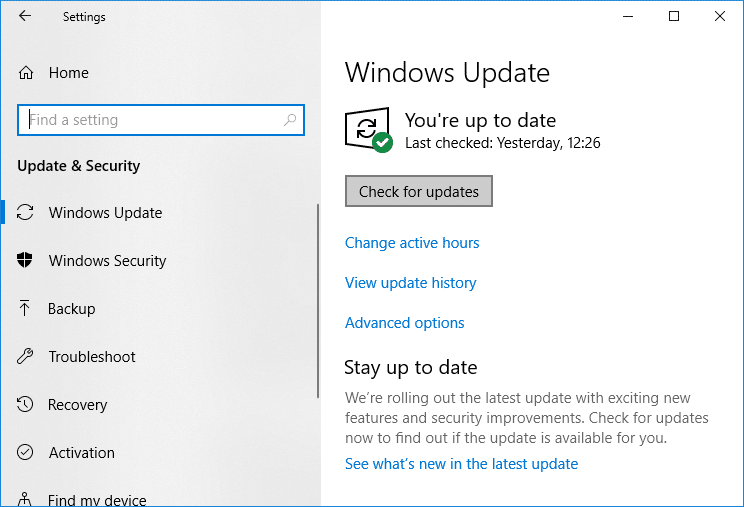



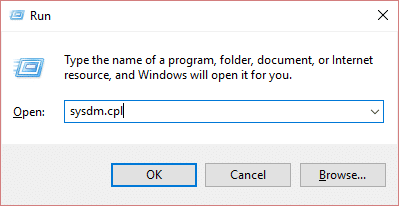


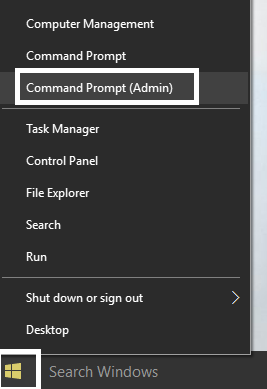
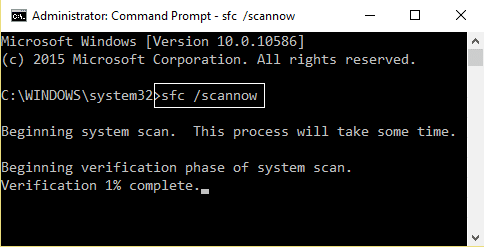
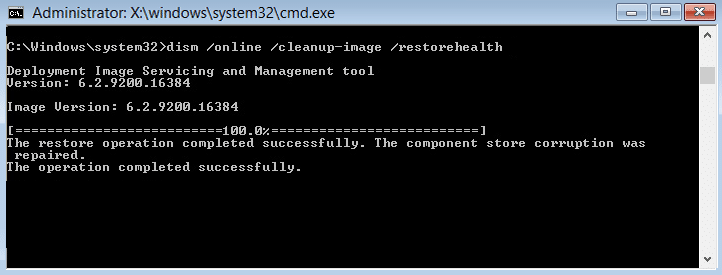














![]()
